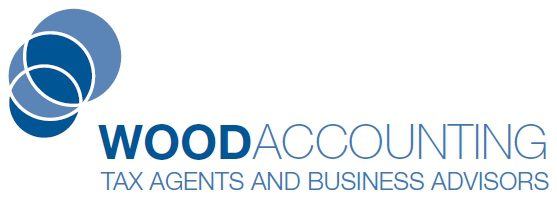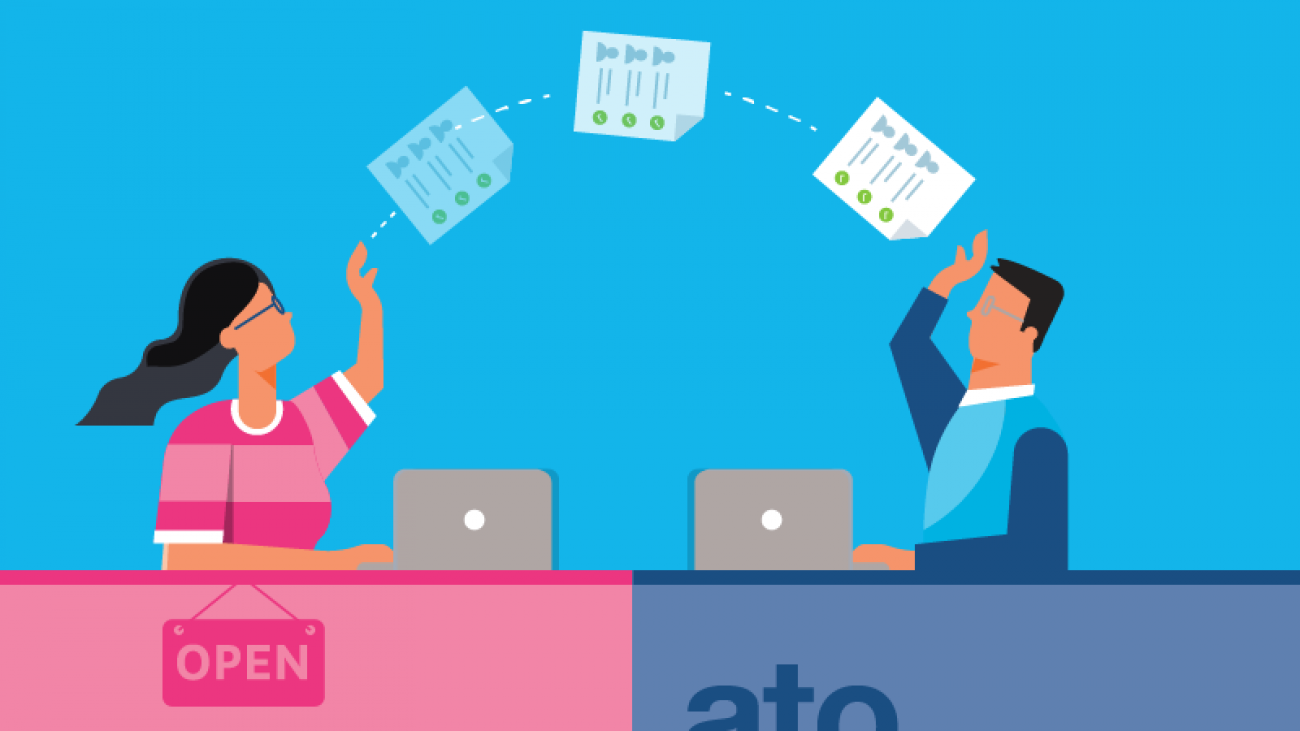Banks and other lenders offer a variety of loans, so make sure you investigate your options and find a loan that suits the needs of your business.
Deciding how much to borrow
Consider what source and type of finance will suit your needs. The method of funding and term of the loan should match the purpose for which the loan is being used.
Think realistically when assessing your financial needs. Consider initial set-up costs. Estimate how long before your business is likely to be self-supporting. You should be able to demonstrate that you will be able to repay the loan, taking into account potential risks such as lower than predicted sales or interest rate increases.
Applying for a loan
If you are starting up a new business and need to apply for a loan, the lender will require the following information from you:
- A description of the products and/or services you intend to provide
- A marketing plan showing how you intend to bring in business
- Evidence of the demand for your products and/or services.
You will also need to provide details of your own qualifications (both business and educational), previous business experience and past achievements.
Obviously, the amount you need to borrow and the purpose for which the loan would be used will need to be communicated to the lender, and repayment terms will need to be clearly established.
If possible, financial information such as sales and profit projections over the term of the loan should be provided to the lender together with a cash flow forecast, showing the loan repayments, for the 12 months ahead.
Likely, the lender will seek security from you to protect the loan and this can vary from one lender to another and will depend on the type of loan and amount to be borrowed. Some generally acceptable forms of security are:
- real estate
- shares in public companies
- a personal guarantee.
Your loan application is more likely to be successful if you provide the lender with a well written Business Plan which includes:
- your business goals and objectives
- results of your market research which support your financial projections and anticipated borrowings
- systems you intend to implement to enable you to monitor your business and respond to changes in your financial position.
YOUR ACTION PLAN
- Have your Business Plan ready.
- Prepare financial information including a cash flow forecast.
- Seek expert advice. We can assist you.
- Decide on a form of security
- Speak with a finance broker
Contact Wood Accounting team today. We have numerous finance broker connections who are experts in Business Finance



